Horse hair plaster cracks
bknouse
18 years ago
Featured Answer
Sort by:Oldest
Comments (23)
brickeyee
18 years agobknouse
18 years agoRelated Professionals
East Peoria Kitchen & Bathroom Designers · Kalamazoo Kitchen & Bathroom Designers · Magna Kitchen & Bathroom Designers · Portland Kitchen & Bathroom Designers · Vineyard Kitchen & Bathroom Designers · Saint Charles Kitchen & Bathroom Designers · Holden Kitchen & Bathroom Remodelers · Bay Shore Kitchen & Bathroom Remodelers · Bethel Park Kitchen & Bathroom Remodelers · Charlottesville Kitchen & Bathroom Remodelers · Folsom Kitchen & Bathroom Remodelers · Gilbert Kitchen & Bathroom Remodelers · Rancho Palos Verdes Kitchen & Bathroom Remodelers · Red Bank Kitchen & Bathroom Remodelers · Salinas Kitchen & Bathroom Remodelersbrickeyee
18 years agobknouse
18 years agosierraeast
18 years agobrickeyee
18 years agosierraeast
18 years agobknouse
18 years agoChristopher Nelson Wallcovering and Painting
18 years agobrickeyee
18 years agowlg2_2
18 years agocnvh
18 years agosierraeast
18 years agobknouse
18 years agobrickeyee
18 years agonaturelle
18 years agoputerboy
16 years agokim2007
16 years agobrickeyee
16 years agocoopers
16 years agobrickeyee
16 years agoJulie Doughty
4 days ago
Related Stories
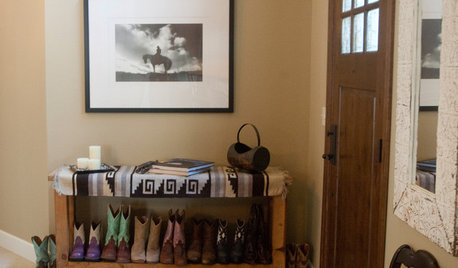
HOUZZ TOURSMy Houzz: A Horse Lover's Stylish Portland Retreat
With a wine room, a yoga studio and plenty of supercomfy spots, this Oregon home puts the good life through its paces
Full Story
PETSDealing With Pet Messes: An Animal Lover's Story
Cat and dog hair, tracked-in mud, scratched floors ... see how one pet guardian learned to cope and to focus on the love
Full Story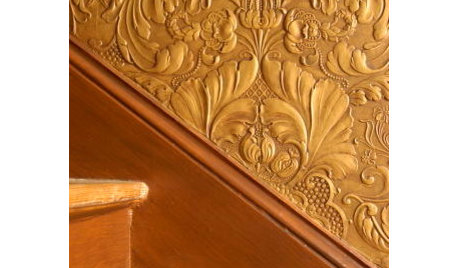
DECORATING GUIDESBrush Up on Paintable Wallpaper for a Posh Look
Customize your wall treatments the affordable way, with richly textured wallpaper painted any color you like
Full Story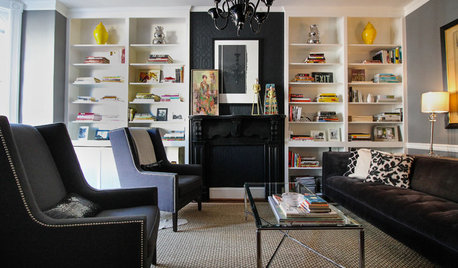
HOUZZ TOURSMy Houzz: Relaxed Glamour in a Downtown Row House
See how this Maryland couple put their own creative stamp on their 1890 home
Full Story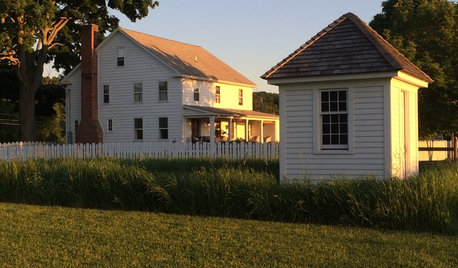
TRADITIONAL HOMESHouzz Tour: Respectfully Updating a 1929 Farmhouse
Period details mix with new features for a family home as idyllic as its pastoral surroundings
Full Story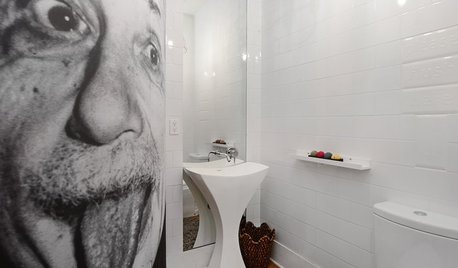
BATHROOM DESIGNThe Funniest Bathrooms on Houzz
Check out these creative loos for a chuckle, then share your own fun bathroom designs
Full Story
COFFEE WITH AN ARCHITECTMike Brady Lied to Me
Why "The Brady Bunch" is a terrible guide for the architectural profession
Full Story
DESIGNER SHOWCASESLivable Luxury at the 2015 Pasadena Showcase House of Design
Southern California designers mostly forgo the glitz at this year’s show house — a Tudor-Craftsman mansion and carriage house
Full Story
HOUZZ TOURSMy Houzz: Accessibility With Personality in an 1870 Home
Hand-painted murals and personal touches fill an accessible home with warmth and charm
Full Story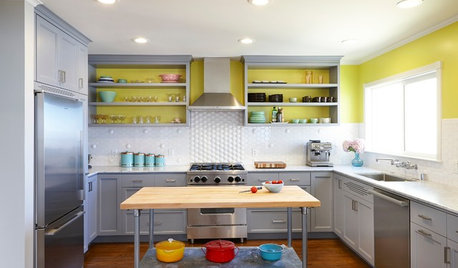
KITCHEN DESIGNKitchen of the Week: An 'Aha' Tile Moment in San Francisco
Design inspiration sometimes strikes in the place you'd least expect
Full Story








snowblower